Optimal Timing for Roof Pine Needle Removal
Understanding the optimal timing for roof pine needle removals is essential to ensure effective maintenance and prevent potential damage. Timing varies based on seasonal patterns, pine needle shedding cycles, and weather conditions. Proper scheduling can help maintain roof integrity and prolong its lifespan.
Spring is an ideal time for pine needle removal as needles shed after winter, reducing debris buildup and preventing clogging.
This period often sees increased needle shedding, making it a suitable window to clear debris before winter arrives.
After storms or high winds, pine needles can accumulate rapidly, necessitating prompt removal to prevent roof damage.
Winter removals are generally less effective due to frozen debris and reduced accessibility, making other seasons preferable.
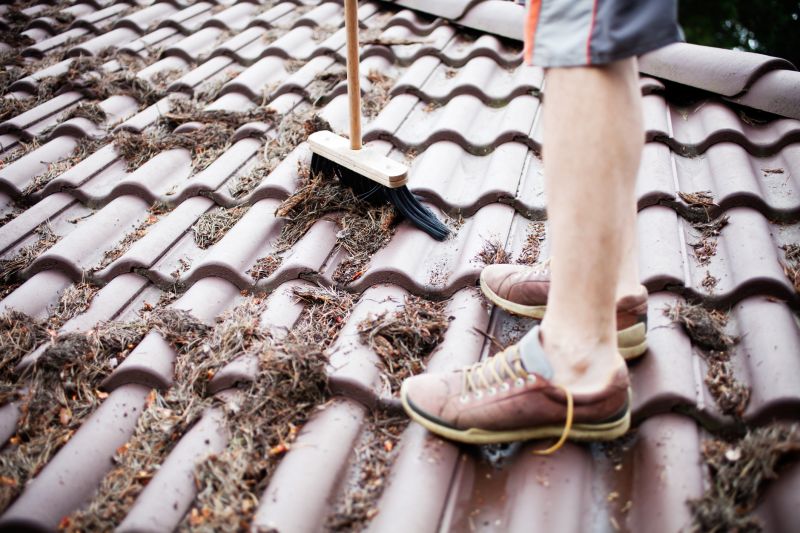
Accumulated pine needles on a roof can cause blockages and water pooling if not removed timely.
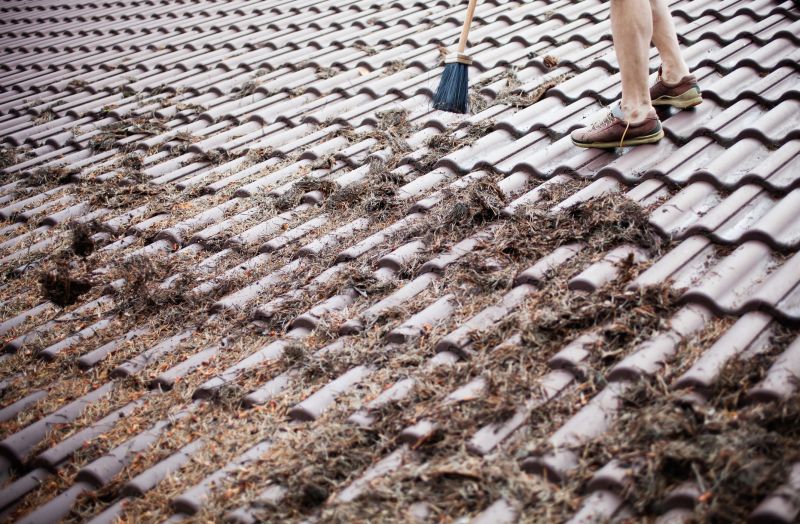
Spring is a common season for roof maintenance, including pine needle removal.
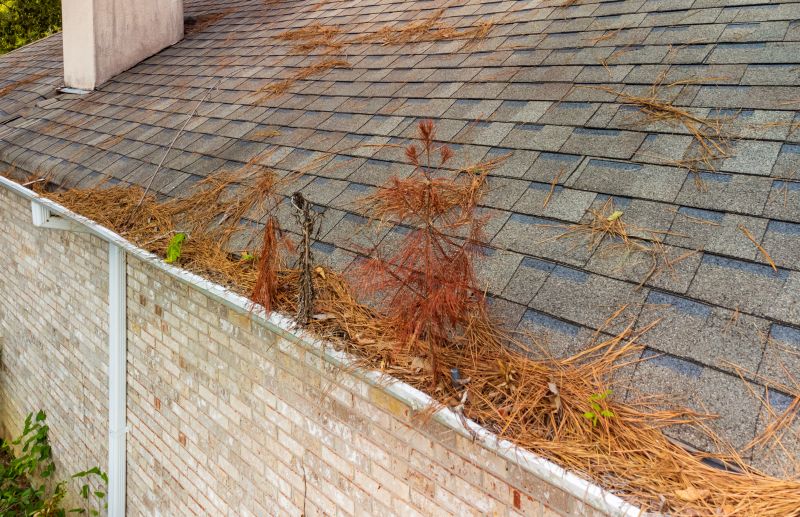
Post-storm debris removal helps prevent damage caused by heavy needle accumulation.
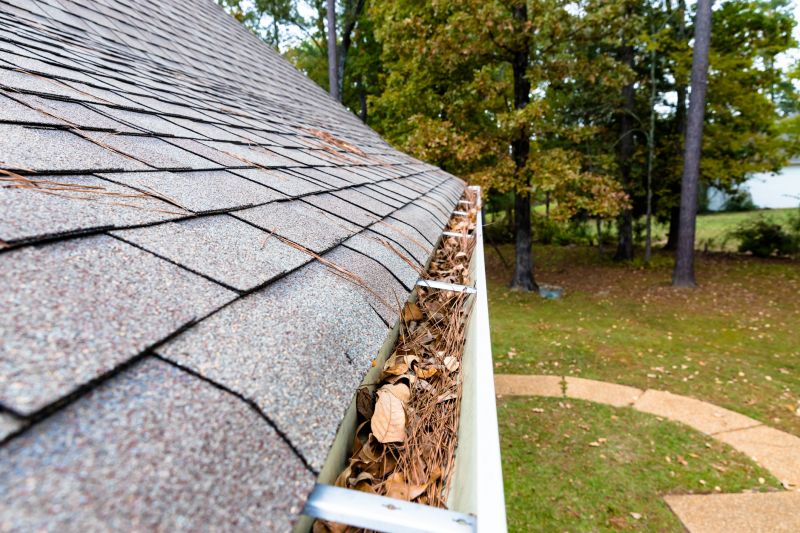
Ways to make Roof Pine Needle Removals work in tight or awkward layouts.
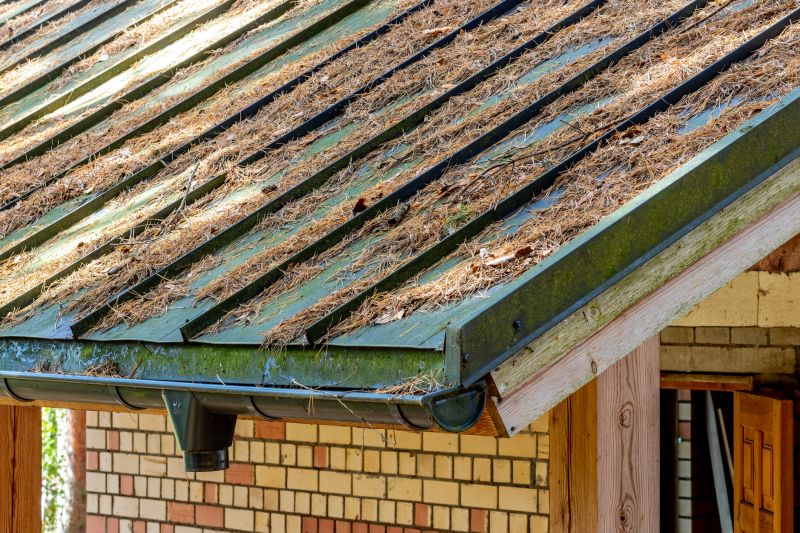
Popular materials for Roof Pine Needle Removals and why they hold up over time.
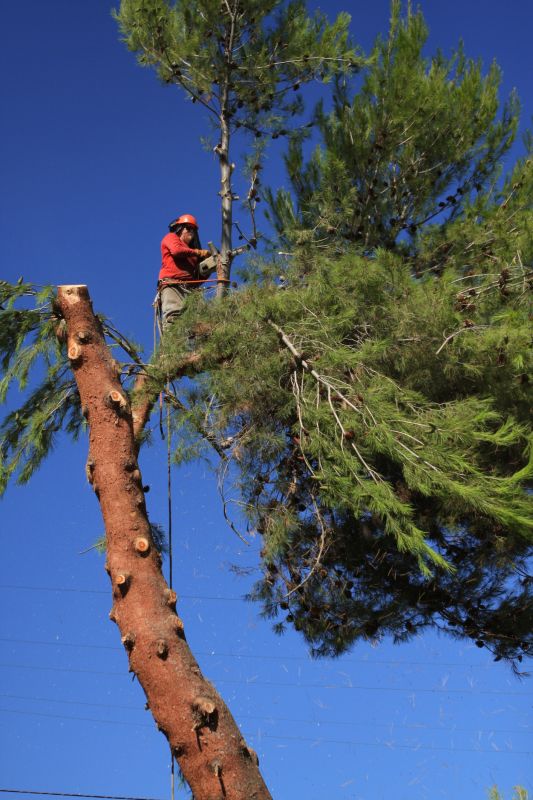
Simple add-ons that improve Roof Pine Needle Removals without blowing the budget.
Roof pine needle removals are a crucial part of maintaining roof health, especially in areas with dense pine populations. Pine needles can accumulate quickly, leading to clogged gutters, water damage, and increased weight on roofing structures. Regular removal during appropriate seasons helps mitigate these risks and preserves the roof's structural integrity.

Removing pine needles prevents water pooling and potential leaks.
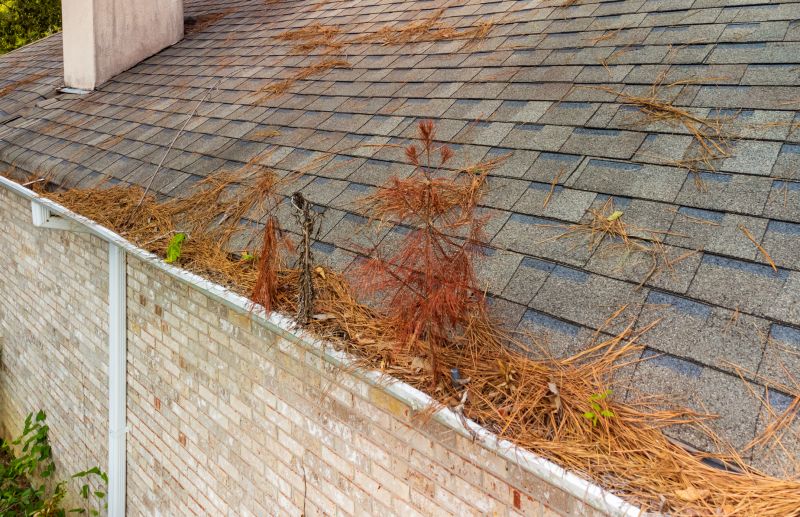
Clearing pine needles from gutters reduces overflow and water damage risks.
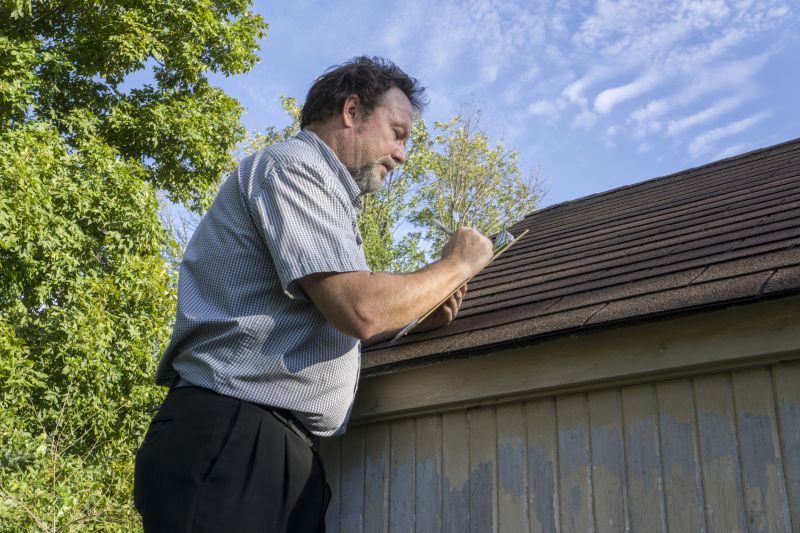
Regular inspections during removal help identify potential issues early.
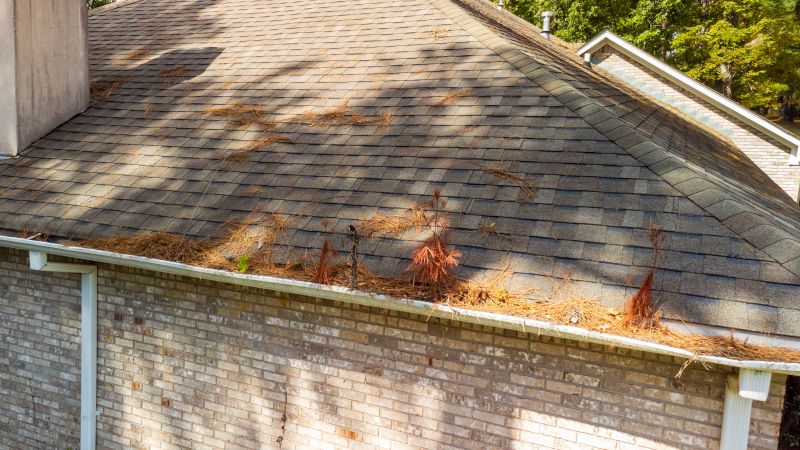
Scheduling removals seasonally ensures optimal roof performance.
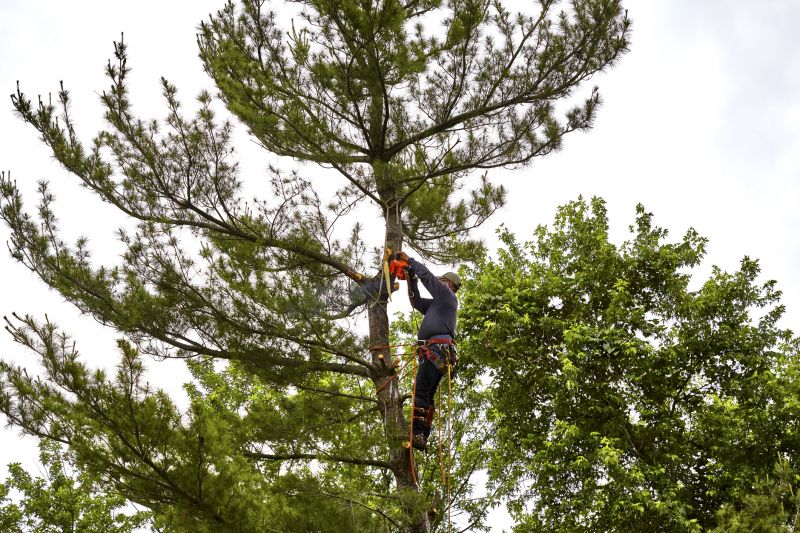
High-end options that actually feel worth it for Roof Pine Needle Removals.
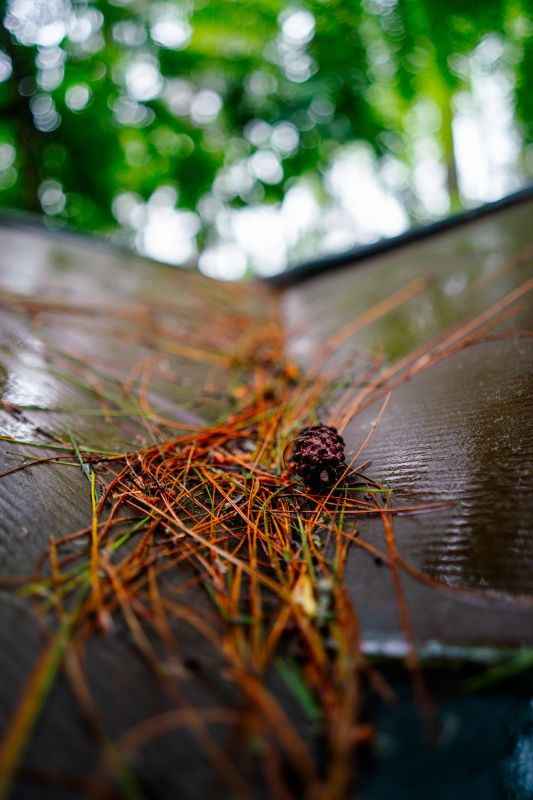
Finishes and colors that play nicely with Roof Pine Needle Removals.

Little measurements that prevent headaches on Roof Pine Needle Removals day.
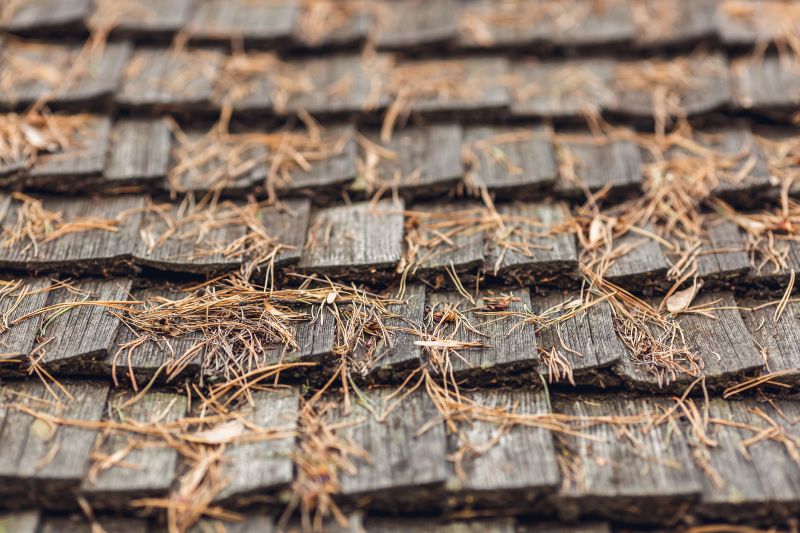
A 60-second routine that keeps Roof Pine Needle Removals looking new.
| Season | Recommended Action |
|---|---|
| Spring | Perform pine needle removal after needles shed. |
| Late Summer | Schedule removal to clear accumulated debris. |
| Early Fall | Prepare for winter by cleaning roof and gutters. |
| Post-Storm | Remove debris after high winds or storms. |
| Winter | Generally avoid due to weather conditions. |
Effective roof pine needle removal involves timing the activity to coincide with natural shedding cycles and weather patterns. Regular maintenance during the recommended seasons can help prevent water damage, roof deterioration, and costly repairs. It is advisable to inspect the roof periodically and remove debris promptly to maintain its longevity.
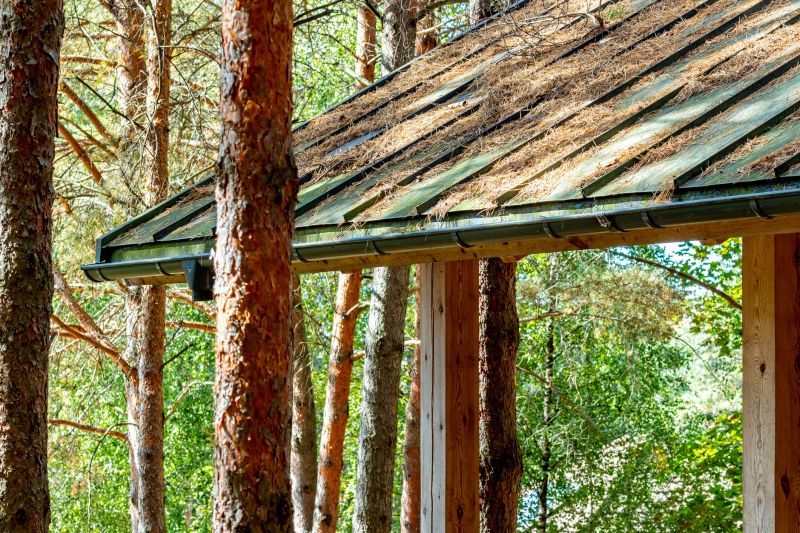
A clean roof free of pine needles reduces damage risk.
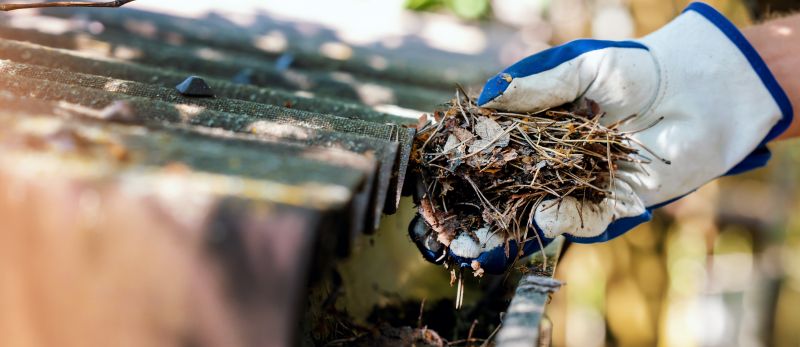
Removing pine needles from gutters prevents blockages.
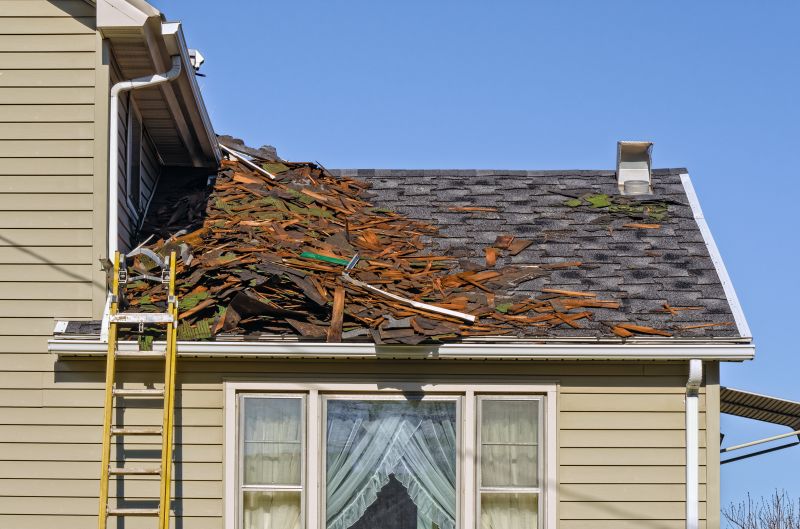
Routine inspections help identify debris buildup early.

Scheduling seasonal removals optimizes roof health.
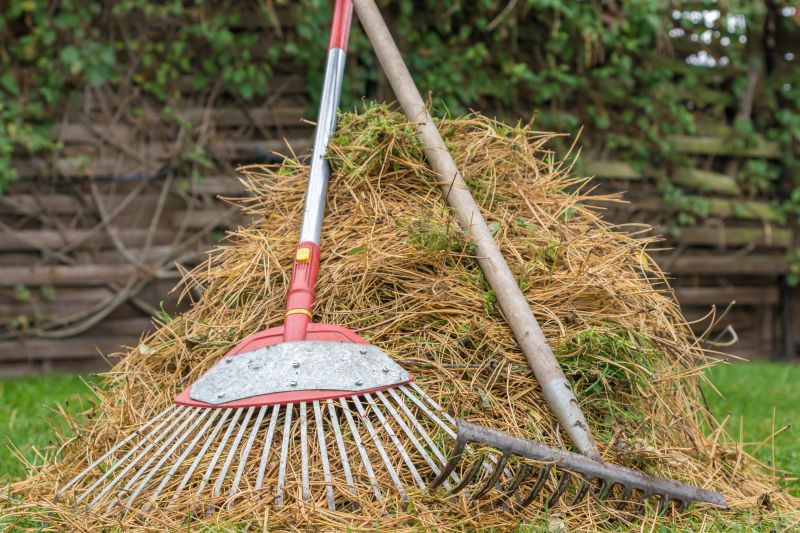
A frequent mistake in Roof Pine Needle Removals and how to dodge it.
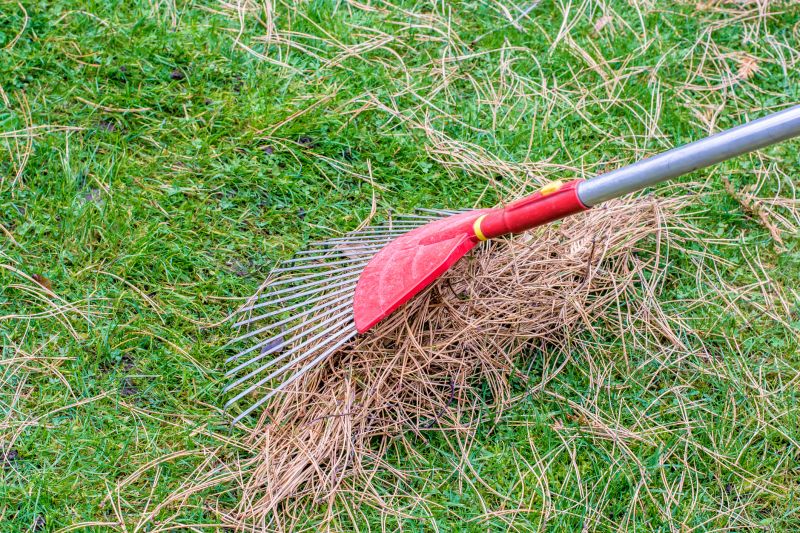
Small tweaks to make Roof Pine Needle Removals safer and easier to use.
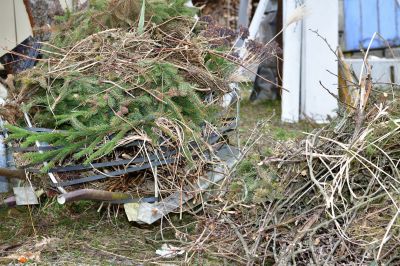
Lower-waste or water-saving choices for Roof Pine Needle Removals.
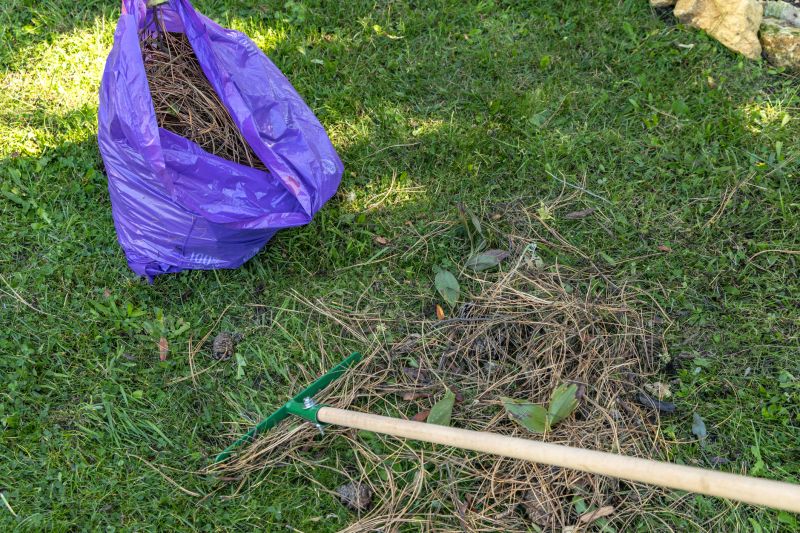
The short, realistic tool list for quality Roof Pine Needle Removals.
Interested parties are encouraged to contact for further information about roof pine needle removals. Proper timing and regular maintenance can significantly extend the lifespan of roofing structures and prevent unnecessary repairs.
